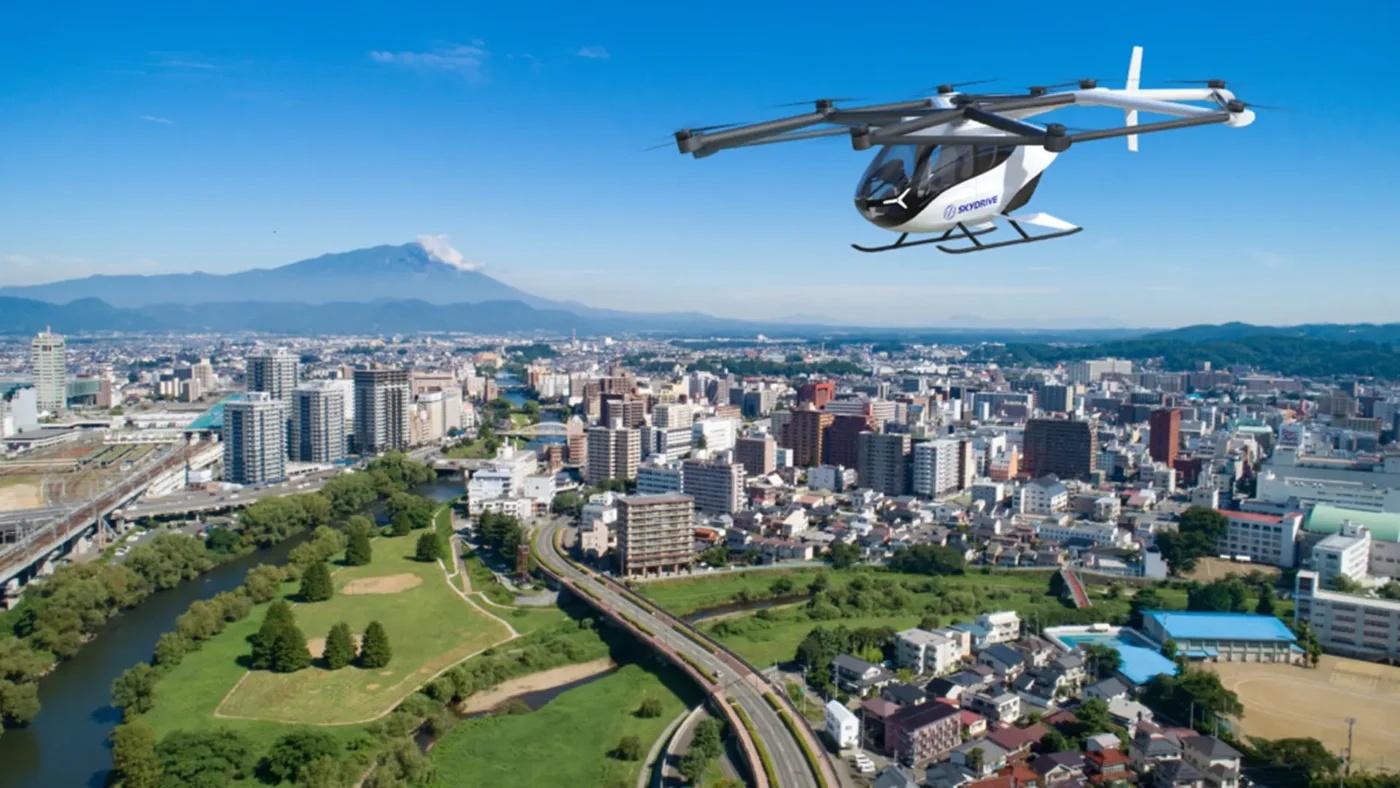|
Getting your Trinity Audio player ready...
|
Imagine booking a flight not from an airport, but from a neighbourhood rooftop – flying over traffic in a near-silent, electric-powered zero-emission aircraft, and landing minutes later near your workplace, your college, or even a hospital. It sounds like science fiction, but it’s not. This is Advanced Air Mobility (AAM) – a vision of how India’s cities can leapfrog into the future of clean transportation.
At AirMobilityIndia.in, we’re not just talking about this future – we’re building it. With JetSetGo, India’s leading private aviation company, backing the mission, we’re creating awareness, building knowledge, and encouraging collaboration across the ecosystem to make India AAM-ready.
What is Advanced Air Mobility (AAM)?
AAM refers to a new generation of aircraft technologies and air transportation systems designed to move people and goods quickly and efficiently across urban and regional areas. Think of it as the next evolution in mobility – like the shift from cars to electric cars, but this time, we take to the skies.
These aircraft are typically:
- Electric or hybrid-electric (low to zero emissions),
- Vertical Take-Off and Landing (VTOL) capable,
- Autonomous or semi-autonomous, and
- Designed for short-distance inter-city regional or intra-city urban travel.
You may have heard terms like ‘eVTOLs’ (electric Vertical Take-Off and Landing aircraft) or air taxis – these are all part of the AAM ecosystem.
Why Does AAM Matter for India?
India is home to:
- The world’s most congested cities and high rates of urbanisation
- Over 600 million people in Tier 2 and Tier 3 cities, often underserved by conventional road, rail or air networks,
- High rates of economic growth and a need for greater urban and regional mobility to distribute the benefits
- And an ambitious climate goal to cut emissions and decarbonise aviation with new, greener energy sources and infrastructure.
AAM has the power to transform how we connect, commute, and care for the environment.
1. Bypass Traffic, Reclaim Time
Cities like Bengaluru, Delhi, and Mumbai lose thousands of productive hours each year to traffic jams. AAM can cut a 90-minute commute down to 10-15 minutes. Imagine flying from Gurgaon to Noida or from Navi Mumbai to South Mumbai in minutes.
2. A Greener, Cleaner India
Electric aircraft generate zero tailpipe emissions and are much quieter than helicopters. For a country dealing with serious air pollution, AAM offers a cleaner alternative to cars and traditional aircraft.
3. Critical Access in Emergencies
In rural or disaster-hit areas, drones and eVTOLs can deliver essential medical supplies, transport patients, or assist during floods and earthquakes – something ground vehicles often can’t do in time.
4. Empowering Tier-2 and Tier-3 Cities
With fewer airports and poor road connectivity, India’s smaller cities often remain underserved or even unserved, and therefore more economically unconnected. AAM can connect these regions to economic centres, integrate economies across regions, and create new business, logistics, and tourism opportunities.
What’s Next?
AirMobilityIndia.in is India’s first platform dedicated to spreading awareness, educating citizens, and uniting stakeholders – from policymakers to students, tech enthusiasts to investors.
We’re here to:
- Break down complex AAM concepts into simple, relatable knowledge.
- Highlight India’s unique challenges and opportunities.
- Encourage people to join the conversation – because this is a journey we all must take together.
Let’s Talk AAM. Let’s Talk India.
AAM is not just about flying cars. It’s about building a safer, smarter, more inclusive transport future. For students in remote areas. For mothers stuck in traffic. For patients in emergencies. For a greener India.
This is not a far-off dream. The first steps are already in motion.
Join the movement. Learn, engage, and fly forward — at AirMobilityIndia.in


